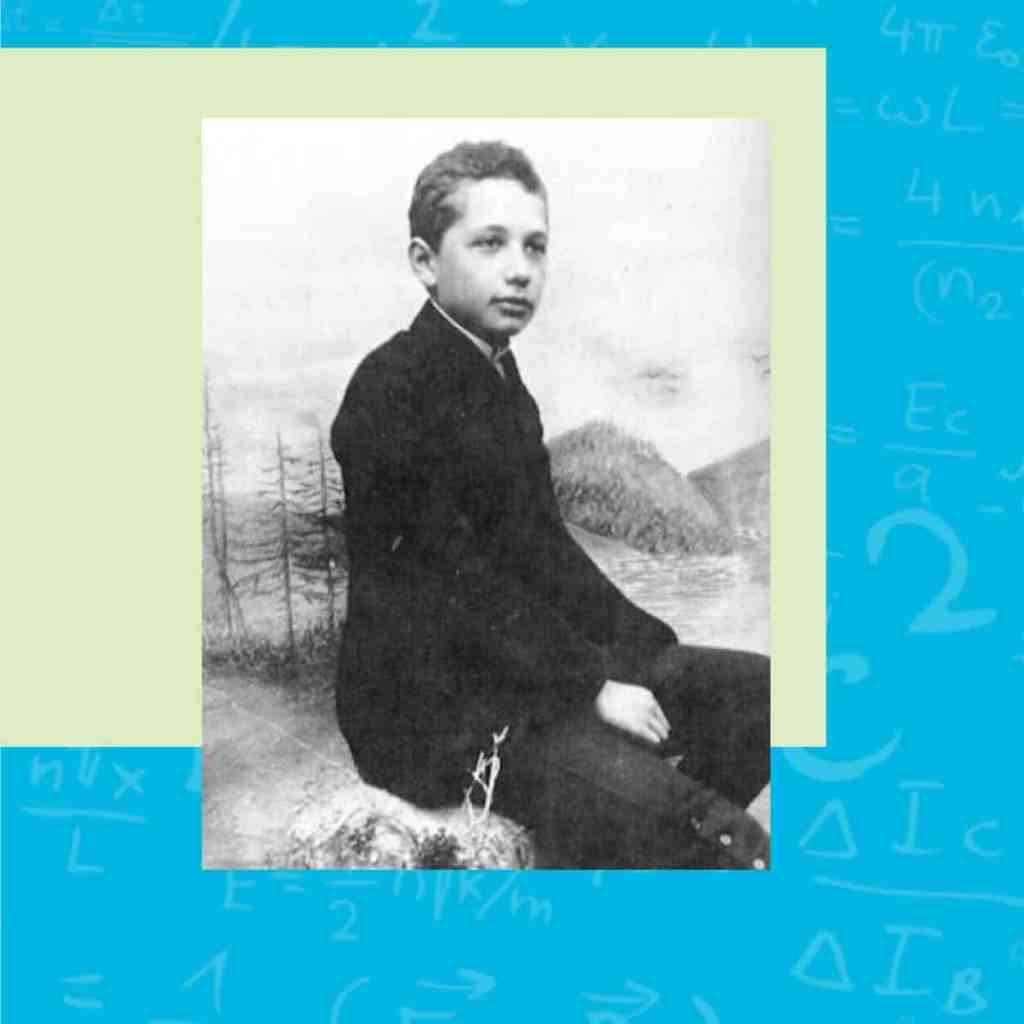Albert Einstein is known for his large contribution to humankind’s body of knowledge, especially in math and science. His most famous discovery is the Theory of Relativity and the equation of E=mc2, which shows how energy and mass are interchangeable. Because of his discoveries, his legacy is well-embraced by scientists and mathematicians alike.
However, not everyone is aware of the obstacles he had to overcome to become the well-renowned scientist we all know today. By persevering in life’s difficulties, he focused on his work, which was heavily driven by his vision.
Einstein’s Younger Years

“When I was young, all I wanted and expected from life was to sit quietly in some corner doing my work without the public paying attention to me.”
Born on March 14, 1879, at Ulm, Germany, he was the eldest son of his parents, who were middle-class Jews. He had one sister who was born two years after him. Einstein already appreciated the wonders of the world around him, even as a child. He was already interested in invisible forces and geometry.
One important person who influenced Einstein was Max Talmey, a young medical student who introduced him to higher math and philosophy. This made him ask the question, “What would a light beam look like if you could run alongside it?” Aside from his musings, he also excelled in math and physics, making him reach a mathematical level, years ahead of his peers. He would also teach himself algebra and Euclidean geometry over the summer.
He finished his secondary schooling in Switzerland, then enrolled in four-year math and physics teaching diploma program at the Zürich Polytechnic School at 17 years old.
Einstein and His Challenges

Einstein had his own difficulties in his younger years, such as failing grades and facing the reality of moving to Italy when his father’s business failed. But he did his best to overcome the situation and graduated from his studies in 1900. After this, he spent two years trying to search for a teaching post. He tutored children, but he arrived at a point that he had to leave what he did.
Fortunately, his lifelong friend recommended him for a position as a clerk in a Swiss patent office. He had a small income, but it was steady enough to provide for his wife and children at that time.
In 1905, Einstein started submitting papers tackling modern physics, but physicists ignored them. Everything changed when one influential physicist who founded the quantum theory put his attention to Einstein’s work.
Einstein and His Glory Days

Einstein’s fame immediately spread as he began speaking and lecturing in international conferences around the world. He also bore the fruit of working on a theory of gravity for a span of 10 years. This is why in 1915, Einstein finally completed the Theory of General Relativity, which he considered as his masterpiece. He properly applied his knowledge of modern math, which made him talk about its importance in his own words:
“I saw mathematics were divided into many specialties, and each, on its own, could absorb an entire life. When I was a student, I was still unsure that having access to in-depth knowledge of physics’s basic principles depended on the most intricate mathematical methods. I only understood this after years of independent scientific work.”
Then in 1921, Einstein received his Nobel Prize in Physics for his services to theoretical physics.
Einstein’s Last Years

In 1933, Einstein migrated to the United States to take up a position at the Institute of Advanced Study, which has become a refuge for scientists who flew from Nazi Germany. As the second world war was approaching, he decided to stay in the United States permanently.
His affiliation with the Institute of Advanced Study lasted until his death. He also became fond of the American culture and recognized the “right of people to say and think what they pleased.”
After he died on April 18, 1955, his legacy expanded through his pioneer developments in the theory of general relativity. His work has sparked the curiosity of future generations to solve the lingering questions raised by his theories. Nevertheless, Einstein has made a big impact in today’s technological advancements that would eventually answer more questions in the future.







